This content originally appeared on HackerNoon and was authored by ImisiD
Let’s Talk About a Problem
Reducing the cost of a home internet bill in Lagos or Jakarta from US $49–80 per month on Starlink to just US $2. This is the promise and the risk of Spacecoin’s upcoming low-Earth-orbit (LEO) satellite network. Today, more than 2.6 billion people are still offline, mainly because even the cheapest broadband plans take up a large portion of household income in emerging markets.
\
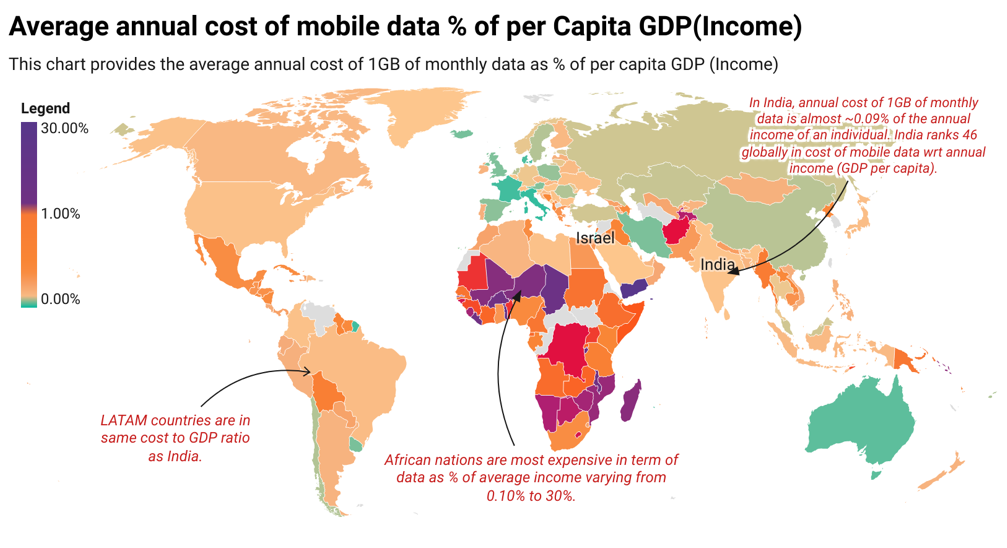
\ Spacecoin believes it can change this by combining two ideas:
- A lean, nanosatellite constellation designed to lower launch and operating costs.
- A crypto-token subsidy model that uses token emissions and staking rewards to cover most of the bandwidth fee, allowing subscribers to pay only a symbolic ₦ 250 / ₹ 170 / Rp 32,000 (about US $2) each month.
If successful, Spacecoin will reduce Starlink’s pricing in Nigeria (₦ 75,000 per month) and India (₹ 3,000 per month) by more than 95 percent, while still offering sub-100 ms latency typical of LEO networks.
\n In the next few minutes, you’ll learn how Spacecoin plans to fund two-dollar broadband from orbit, what drives its token economy, and where the technical and regulatory challenges lie in its mission to outdo Starlink, the world’s fastest-growing satellite. ISP.
\
Setting the Stage: Terms & Price Benchmarks
Low-Earth orbit, or LEO, includes all satellite paths that stay within about 2,000 km of Earth's surface. This area hosts the International Space Station and keeps round-trip radio delays comfortably below 100 milliseconds. In contrast, GEO is the ring 35,786 km above the equator where spacecraft seem to hover over a fixed point. The extra distance adds about half a second of latency, which is the bottleneck Spacecoin aims to eliminate.
\

\ Telecom analysts assess viability using average revenue per user (ARPU), which is the monthly service income divided by the number of active subscribers. For Spacecoin to make a two-dollar plan profitable, it needs to keep ARPU close to that amount, using token subsidies to cover the rest.
Clearing the airwaves requires spectrum licensing, an ITU filing followed by country-by-country permits specifying which S- or L-band channels can be used and where. The team describes the entire venture as an orbital DePIN (decentralized physical-infrastructure network), where every satellite and ground gateway can earn tokens by joining a shared, open-access grid.
Price signals show why a two-dollar tier is important. A fixed-line subscription costs about $9.73 per month in India, $22 in Nigeria, and $28 in Indonesia. These are already low by OECD standards but still not affordable for everyone. Starlink, the current benchmark, charges ₦57,000 (about $36) per month in Nigeria after a one-time ₦318,000 kit, ₹3,000 (about $36) plus ₹33,000 for hardware in India, and Rp 750,000 (about $47) with a Rp 7,800,000 antenna in Indonesia.
To meet its goal, Spacecoin needs to reduce these recurring fees by about 95% and cut equipment costs by at least 80%.
Spacecoin Constellation at a Glance
Founder Tae Oh’s plan starts with ten LEO nanosatellites in an equatorial orbit, offering continuous coverage across Southeast Asia, Africa, and northern Latin America. The aim is to reach ten million subscribers within three years of launch, with latency expected to be under 150 ms, which is four times faster than older GEO links and suitable for basic web use and messaging.
\
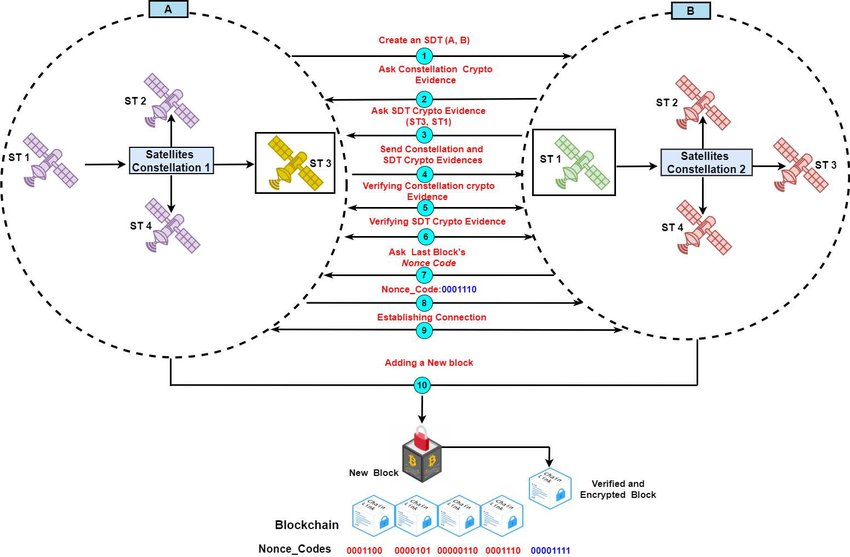
\ The network uses Mobile-Satellite-Service spectrum in the S-band around 2 GHz and L-band near 1.6 GHz. Spacecoin has already obtained trial licenses for these channels in Nigeria. The first satellite, CTC-0, is an 8-unit CubeSat that entered orbit on December 21, 2024, via a SpaceX rideshare and is now sending test signals to a handheld flat antenna. A consumer-grade panel costing less than US $100 is being developed, and future 16-unit and micro-satellite versions are planned to increase data capacity and include inter-satellite laser links.
\
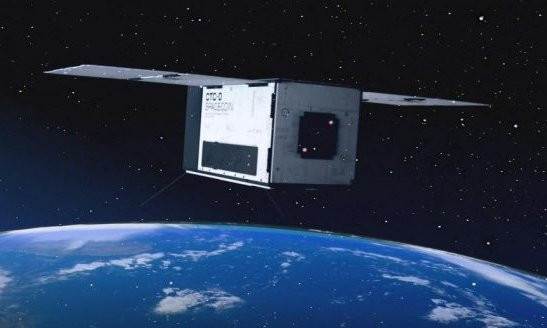
The rollout schedule is short but informative: another test launch in October 2025 will examine satellite-to-satellite hand-off. Commercial service in India, Nigeria, and Indonesia is planned for 2026 once the first ten-satellite ring is complete.
Notably, the company does not limit the constellation size. Any operator with compatible hardware that follows the open-source protocol can join the network and earn tokens. This federated expansion could either speed up coverage or make coordination the project's biggest challenge.
Token-Subsidized Pricing Engine
Spacecoin’s promise of a $2 monthly plan isn't achieved by cutting hardware margins or selling data at a loss. Instead, it uses an on-chain token economy on the Creditcoin blockchain to cover part of the service cost. Simply put, a subscriber prepays a small amount in local currency, about two U.S. dollars, and the Spacecoin dApp converts this money (using local payment methods, mobile money, or stablecoins) into Spacecoin tokens, which are held in a smart contract.
\
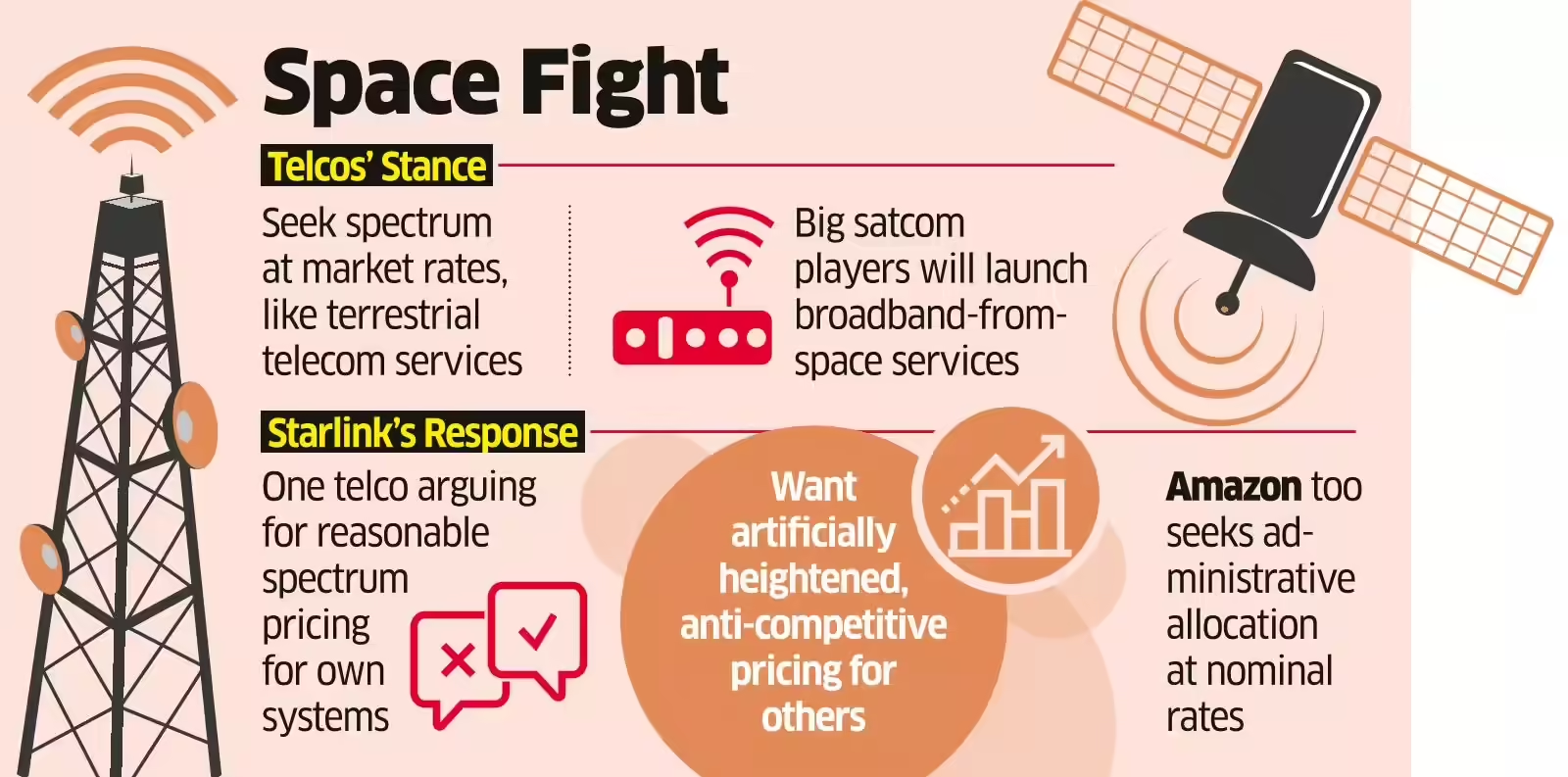
\ When the satellite or ground transmitter delivers the requested data session, the tokens are released to the operator who provided the link, creating a pay-as-you-go system without a central billing platform. Creditcoin’s smart-contract layer manages the escrow and settlement process and keeps an unchangeable usage record that regulators or auditors can check if needed.
Where does the subsidy come from? Spacecoin has identified three funding sources so far. First, a launch-phase token emission, distributed through a live airdrop to existing Creditcoin holders, provides enough circulating supply to cover the gap between the $2 user payment and the higher wholesale capacity cost during the network's early years.
Second, staking rewards on Creditcoin’s NPoS chain encourage token holders to lock up some of the supply, creating a yield pool that funds the customer subsidy while reducing sell pressure in secondary markets (exact APY figures have not yet been published).
Third, once service revenues start coming in, each satellite owner receives a proportional share of the tokens generated by traffic through their spacecraft. This design allows national telcos or smaller investors to recover CapEx without waiting for a traditional pay-TV–style subscriber base to break even.
Since the project hasn't released a complete emission curve or burn schedule, the long-term balance between inflation and token scarcity remains uncertain. However, the basic process for a household data session is public:
\
- A family in Lagos deposits about ₦ 3500 (approximately US $2) into the Spacecoin wallet.
- The wallet’s bridge contract exchanges that amount for the daily USD/CTC rate, and the tokens are held in escrow.
- Over the next 30 days, the household uses 1 GB of bandwidth. Each time the terminal authenticates, a micropayment packet is authorized.
- At the end of the session, the satellite’s node claims the escrowed tokens. A portion is automatically directed into the staking-reward pool, and any protocol-level fee designated for burns (the team has mentioned a deflationary mechanism is "planned but not yet finalized") is executed on-chain.
Essentially, the subscriber only sees a flat two-dollar charge, while the token flows handle volatility and redistribute value in real time. Spacecoin is betting that this combination of low fiat pricing and blockchain clearing can reduce the average revenue per user to levels that terrestrial telecom companies and Starlink, at about forty-six U.S. dollars per month, have never achieved in emerging markets. Whether the emission calculations and market demand can keep that subsidy sustainable will be a major question as the constellation moves from pilot tests to commercial launch.
Hardware & Ground Segment Strategy
Spacecoin’s engineers have tackled the “last-meter” cost issue in emerging markets by eliminating the need for a dish. Instead of sending a phased-array antenna to every home, the constellation sends out a 5G Non-Terrestrial-Network (NTN) signal that Release-17-ready phones can connect to directly.
As explained in the Creditcoin integration blog, “the satellites act as the towers,” so a user’s existing Android or iPhone becomes the terminal. Chainwire’s launch note emphasizes this point: the project relies on direct-to-device coverage to avoid the costly hardware layer common in today’s satellite broadband services.
\

\ This design choice removes the $600 Starlink dish barrier that founder Tae Oh describes as “economically unfeasible” for families earning a few thousand dollars a year. In other words, the effective cost of a “terminal” is simply the price of a low- or mid-range smartphone already available in places like Lagos, Lucknow, or Lombok, not a special antenna kit.
Since most phones in rural Nigeria or India are still mostly 4G-only, Spacecoin is partnering with local telecom companies to develop the service together. They plan to use existing towers or fiber backhaul for pilot roll-outs and billing integration instead of bringing in their own ground equipment.
\
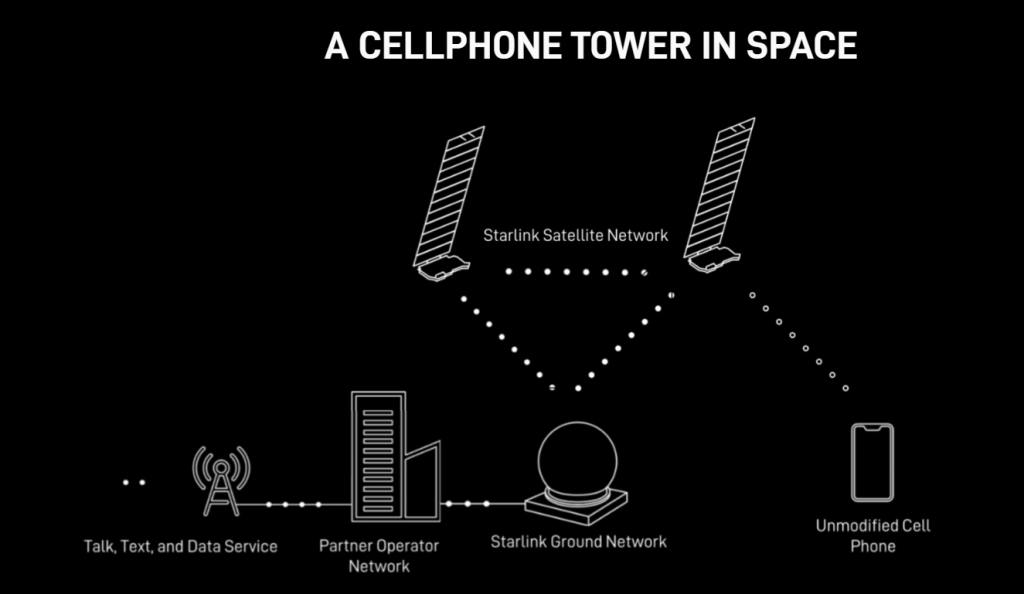
\ The company hasn't released retail pricing for any backup hardware, nor have they explained whether they will subsidize flat-panel repeaters or shared "community gateway" dishes for villages without NTN-capable phones. These details are still undecided, but the main goal is clear: whenever possible, let the user's phone act as the antenna and have local operators handle any additional terrestrial connections needed.
Early test traffic is already being routed through the CTC-0 nanosatellite launched in December 2024. The team is using it to test handset connections and improve a reference design for lightweight ground stations that telecom companies can build or import as needed.
Until Spacecoin provides those reference specifications and any financing plan, the project's hardware strategy focuses less on inexpensive terminals and more on having no terminals at all, keeping capital costs low enough to support a two-dollar monthly data plan in its target markets.
\
Beating Starlink on Cost and Performance
Starlink's prices in Nigeria are causing a stir: about ₦318,000 (around US $198) for the dish and ₦57,000 (around US $36) per month for service. This is a major topic in local discussions about satellite internet. Spacecoin offers a different approach with a handset-only model: its 5G-NTN technology allows any Release-17 phone to connect, so subscribers pay about two U.S. dollars a month and nothing more.
\
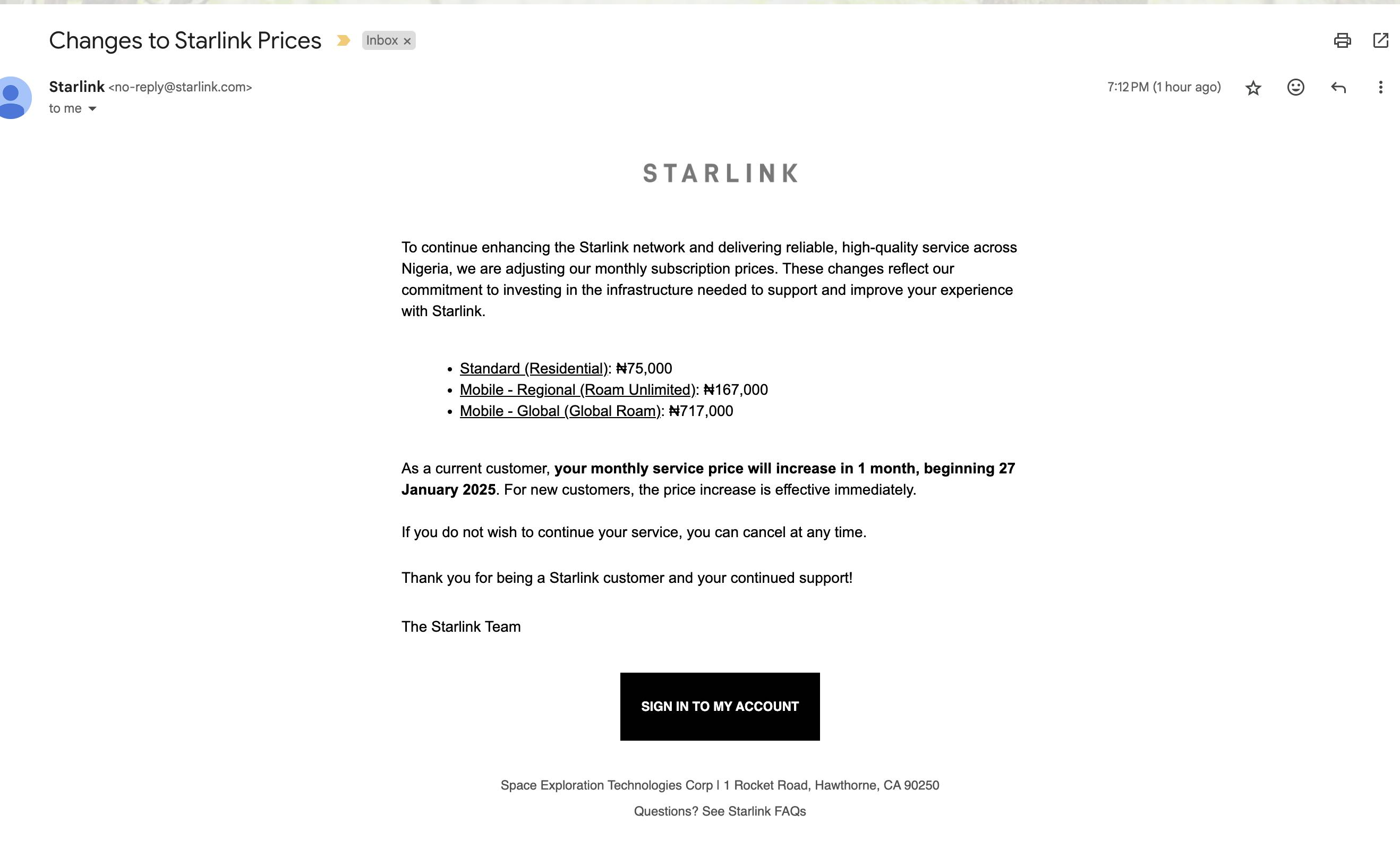
The cost savings begin in space; a first-generation Starlink satellite weighs nearly 300 kg and would cost over US $4.5 million to launch. In contrast, Spacecoin's first spacecraft, CTC-0, is an 8-unit CubeSat that launched for a few hundred thousand dollars under SpaceX's kilogram-based pricing, significantly reducing capital costs.
Lower hardware goals lead to a simpler operating setup. Starlink requires phased-array dishes on every roof and laser-linked satellites in orbit to handle gigabit traffic, which increases power, gateway, and launch costs. In contrast, Spacecoin’s nanosatellites are designed for "hundreds of kilobits," which is enough for WhatsApp, school portals, and mobile money services.
In Ookla’s Q1 2025 tests, Starlink provided a median downlink speed of 49.6 Mbps in Nigeria with 60 ms latency. SpaceX aims for a 20 ms target once their Gen-2 "mini" satellites are fully deployed. Spacecoin’s trial in Lagos, currently limited to SMS-level data while regulators review its S- and L-band interface, won't show commercial throughput numbers until the ten-satellite equatorial ring is operational in 2026.
\
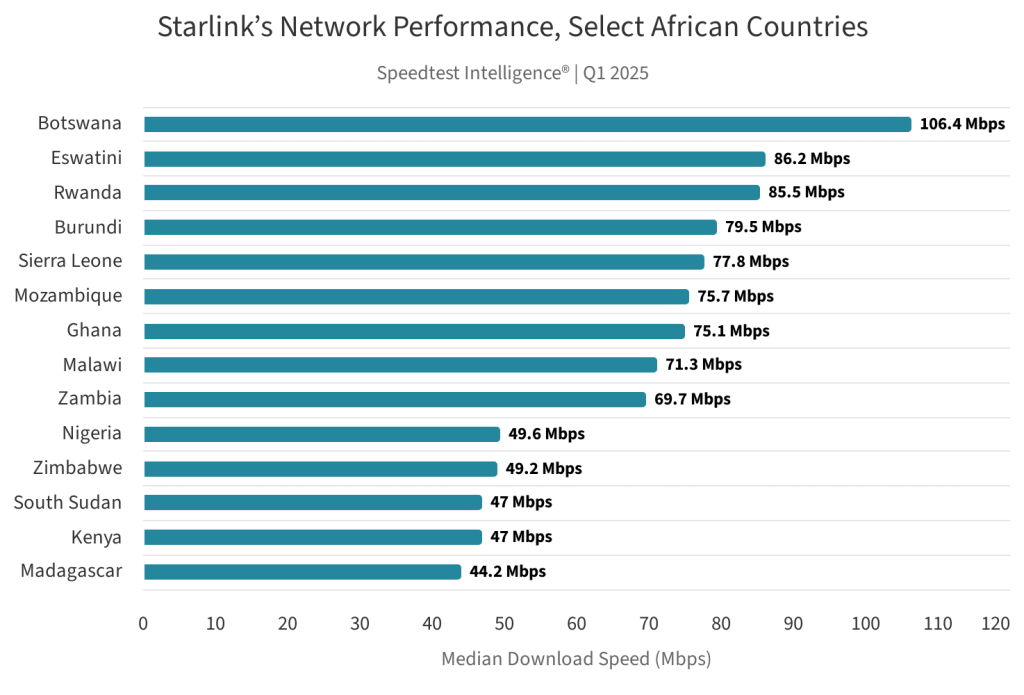
\ Early field tests show the trade-off: a Starlink installer in Ikeja can stream HD video at 35-70 Mbps even during tropical rain, while a Spacecoin demo on a nearby rooftop can handle text and low-resolution images but struggles with video.
However, Spacecoin costs less than what Starlink charges for a single business day. Spacecoin’s plan involves gradual upgrades: replacing 8U nanosats with larger microsats to enable faster modems and inter-satellite links, offloading traffic to partner fiber networks when possible, and allowing any compliant operator to add capacity in exchange for tokens.
Starlink will continue to lead in raw bandwidth for years, but Spacecoin is betting that millions of households will choose lower speed for a 95 percent price reduction. The next 24 months of pilot data will determine if this gamble pays off.
\
Regulatory Chessboard, Risk Map & Mitigation Plan
Securing spectrum is the first challenge for Spacecoin's $2 promise. An advance-publication filing at the ITU reserves orbital slots and starts a seven-year coordination period. While this paperwork is still pending, the company has already obtained a Nigerian test license for its S- and L-band nanosats. Founder Tae Oh says that applications are also being processed by telecom ministries in India, Nigeria, and Indonesia.
An on-chain "compliance matrix" automatically silences any satellite that flies over a jurisdiction where clearance is delayed. Additionally, a public tracker shows each satellite's position and telemetry so regulators can audit the fleet in real time.
Even with all the paperwork in place, market forces pose a similar risk. Creditcoin, the token funding the subsidy, has fluctuated by more than 175 percent in just one week. A significant price drop could lead to increased emissions or higher cash co-pays. Nigeria's foreign-exchange rules now require all dollar trades to go through a monitored portal, and satellite-ready phones face import duties that can exceed 30 percent unless local assembly partners secure exemptions. This could raise the actual cost of a "hardware-free" service.
The space side has its own challenges. CTC-0 was launched on a SpaceX rideshare in 2024, and CTC-1 is scheduled for October 2025. However, future launches must compete for slots that cost about $300,000 per 50 kg and are booked a year in advance. Meanwhile, established operators are urging regulators to enforce stricter debris-mitigation rules as more megaconstellations are filed. Spacecoin's solution is to keep each craft under 20 kg and to publish end-of-life de-orbit plans along with its code.
Mitigation looks like a patchwork of incomplete solutions: a volatility buffer in the token treasury, launch contracts in multiple countries to spread rocket risk, small satellites to reduce debris and spectrum use, local assembly to avoid customs, and complete telemetry transparency to prevent regulatory concerns. Whether all these efforts come together before the planned commercial launch in 2026 will determine if two-dollar broadband can move from a bold idea to a market reality.
\
Conclusion
Spacecoin now resembles a streamlined tech stack: lightweight CubeSats, affordable enough for SpaceX rideshares, send a Release-17 5G-NTN signal directly to regular smartphones. Meanwhile, a Creditcoin smart contract adds freshly minted tokens to each two-dollar user payment, offering a cheaper alternative to Starlink's $25–40 fees across Africa and Asia. The first satellite, CTC-0, has already relayed test traffic, and the on-chain system is operational. However, the model depends on three uncertain factors: Creditcoin's unpredictable price changes, unresolved landing rights in India, Nigeria, and Indonesia, and a crowded launch market that might delay the heavier "CTC-2" microsats needed for multi-megabit service in 2026. Until these issues are resolved, the best indicators are Spacecoin's live telemetry dashboard and updates from Light Reading, SpaceNews, and Creditcoin that track each launch contract, regulatory success, and token-economy adjustment.
This content originally appeared on HackerNoon and was authored by ImisiD
ImisiD | Sciencx (2025-06-26T03:58:09+00:00) Two-Dollar Broadband from Orbit: Inside Spacecoin’s Bid to Out-Starlink Emerging Markets. Retrieved from https://www.scien.cx/2025/06/26/two-dollar-broadband-from-orbit-inside-spacecoins-bid-to-out-starlink-emerging-markets/
Please log in to upload a file.
There are no updates yet.
Click the Upload button above to add an update.
